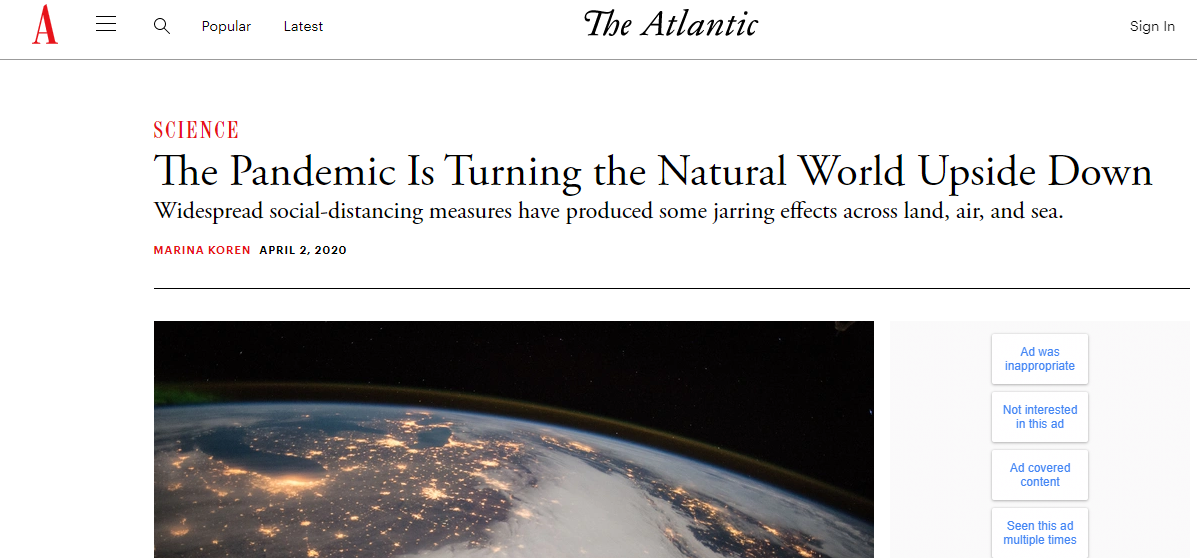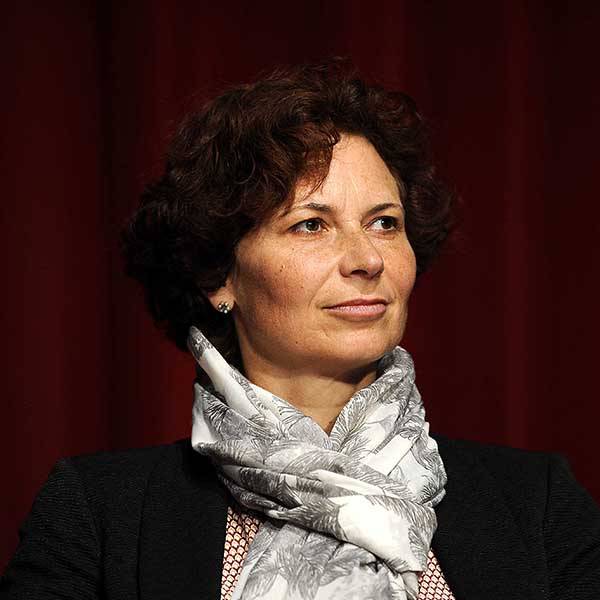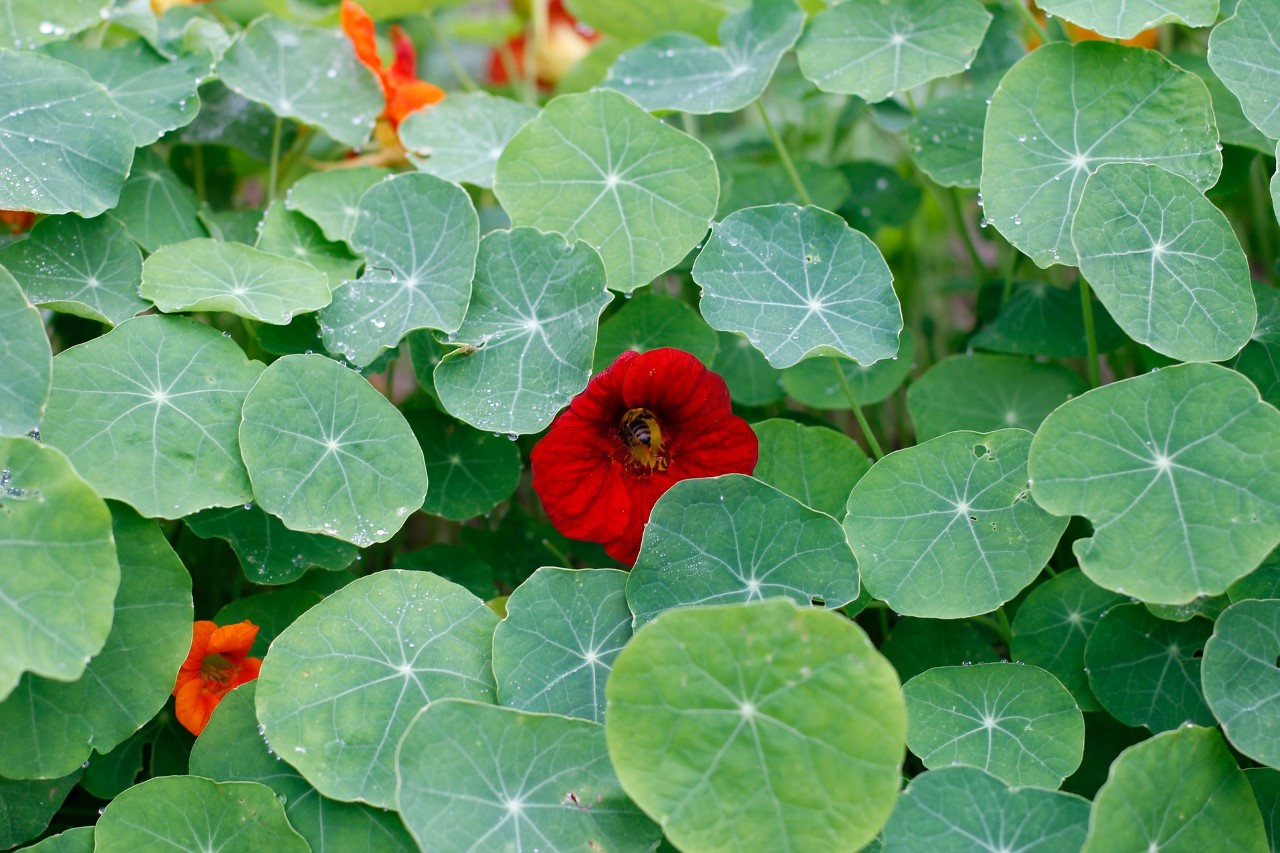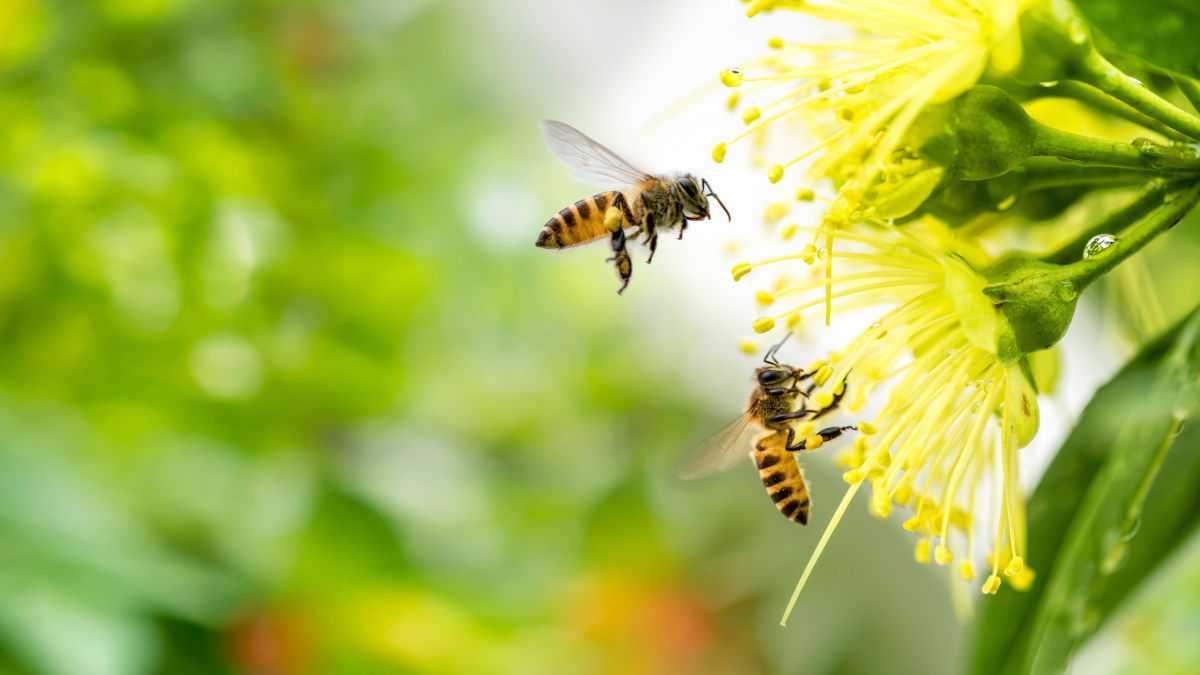
Social distancing has transformed cities and nature alike. In some parts of the word, empty cities have been invaded by nature as monkeys and goats, usually kept at bay by urban activity, roamed in search of food. The pandemic has brought human activity in many parts of the world to standstill, giving nature a chance to temporarily recover.
This among other things has brought respite from levels of pollution that the WHO estimates kills up to 4.2 million people a year, a number which, though far worse than the covid-19 worst-case scenarios, does not seem to alarm us. Yet the air clearing up is just one of the four ways in which nature has become cleaner and quieter, offering invaluable insights and a once in a lifetime opportunity to scientists who are rushing to take measurements, writes Marina Koren.











